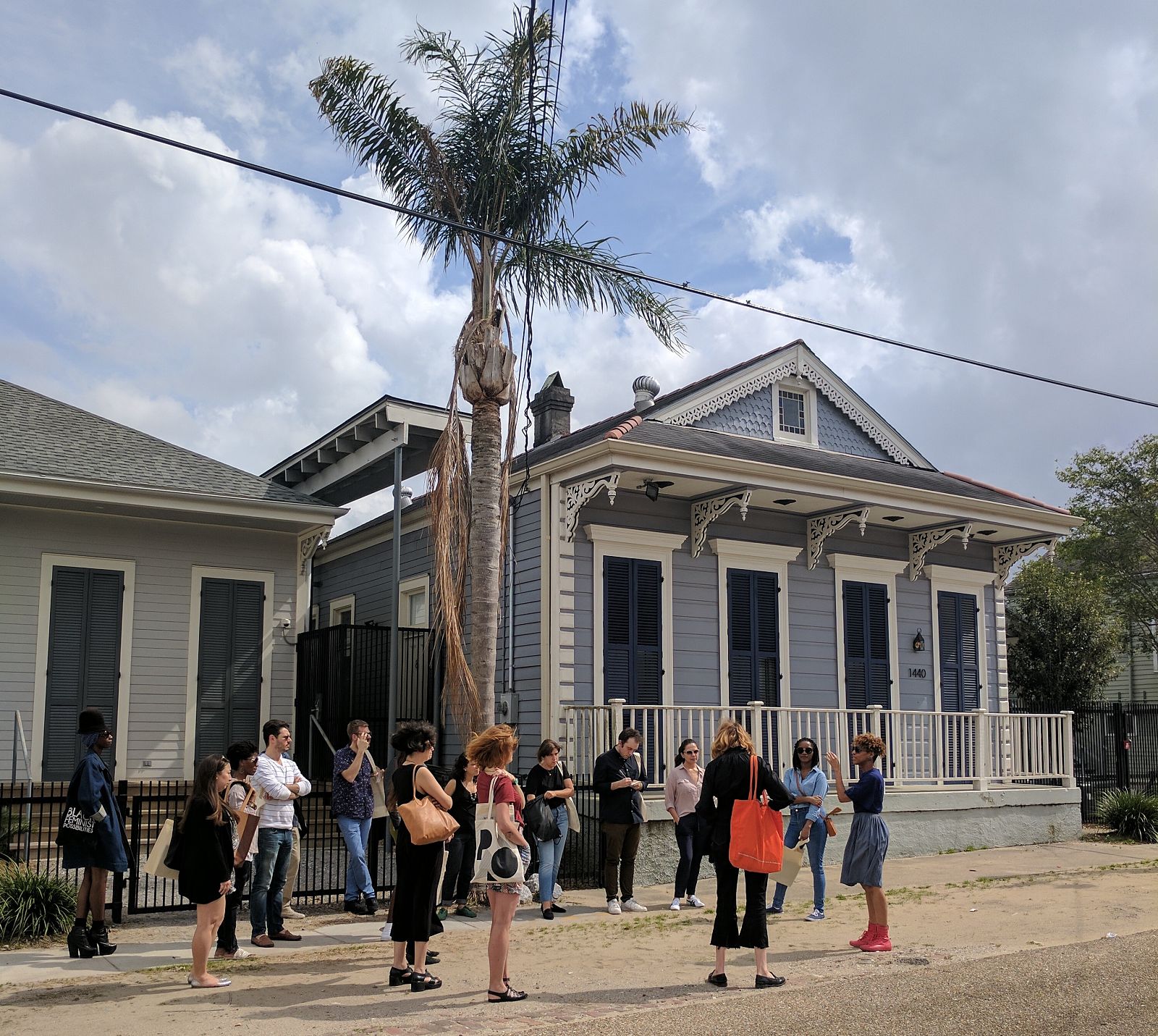A title of a 1971 painting by Lee Krasner, Palingenesis refers to regeneration or new birth. As a subtitle for this retrospective exhibition of Krasner’s art, from 1929 to 1981, Palingenesis emphasizes her interest in rebirth and metamorphosis. These themes became evident in her later works as Krasner’s early self-portraits, which are often situated in nature, were gradually replaced by abstract paintings of the artist as an embodiment of nature.
In addition to spanning the change from realistic to abstract modes of representation, this exhibition – the first retrospective of the artist’s work since 1983 – presents paintings and collages that document Krasner’s highly personal form of Abstract Expressionism. The exhibition also presents works that indicate Krasner’s early recognition of Jackson Pollock’s importance and evince her own contributions to his style. Pollock is just one of several painters, including Hans Hofmann, Willem de Kooning, Henri Matisse, and Piet Mondrian, with whom Krasner had carried on an informed and impressive artistic dialogue in her work. Instead of regarding art as a testament to an outmoded form of individuality, Krasner embraced these influences, reconceived as ongoing discourses. Her art involves dialogue rather that monologue, and a style predicated on change and open-endedness rather than mere brand-name identification. Historically, it represents an important feminist critique of Abstract Expressionist truisms about the romantic, disenfranchised self.
Consisting of approximately 70 works of art, the exhibition traces Krasner’s development, beginning with her prescient self-portrait (ca. 1929-30) through her early geometric abstractions of the late 1930s and early 1940s (when she became an important member of New York’s vanguard) to her mature works. These include her Little Image paintings of the late 1940s, major collages of the early 1950s, Earth Green series of the late 1950s, Umber Paintings or Night Journeys of the early 1960s, and great abstractions of the late 1960s and early 1970s, culminating with such late works as the magisterial series Eleven Ways to See.








